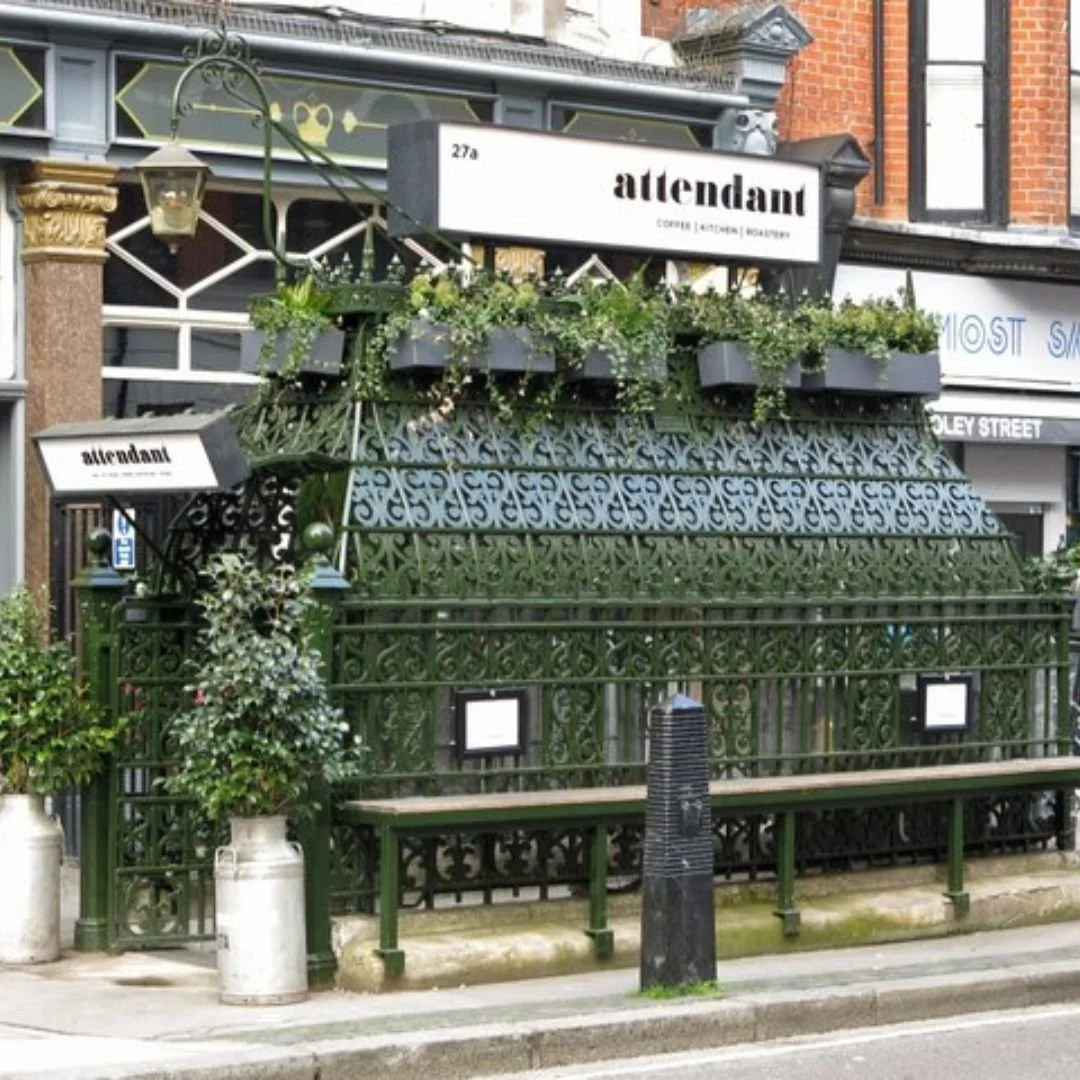More Than 300 Silver Coins Discovered Dating From 1036
Oxford Cotswold Archaeology discovered 321 silver coins in exceptional condition during excavations at Sizewell C on the Suffolk coast.
Oxford Cotswold Archaeology
The hoard was discovered at the intersection of two early medieval field boundary ditches, suggesting it may have been deliberately hidden.
The coins were thoughtfully arranged inside a textile container, likely a purse, and then securely wrapped in lead sheeting.
Astonishingly, archaeologists have been able to pinpoint the burial of the coins to between the summer of 1042 and late 1044.
Oxford Cotswold Archaeology
It’s possible that the hoard was a “savings pot” buried by a local figure who feared the instability following Edward the Confessor’s coronation in 1042.
With a contemporary value of 320 pence, for most people at the time it would have represented a significant amount of money.
Despite this, the hoard is equally not of an enormous size indicative of extreme wealth.
While it clearly represents the savings pot of someone with means, this individual was almost certainly not of national importance or super-elite status.
It is more likely to have been owned by an person of local clout, perhaps a wealthy farmer.
Although it is hard to equate this sum of money with modern-day purchasing power, evidence from law codes of the 10th and 11th centuries suggest that cattle had a value of approximately 20p each.
Oxford Cotswold Archaeology
Using this metric, it’s estimated that it could have purchased approximately 16 cows, a small herd!
The coins in the hoard were minted during the reigns of Harold I ‘Harefoot’ (1036-40), Harthacnut (1040-42), and Edward the Confessor (1042-66).
The overwhelming majority of the coins come from Harold I’s reign, with significantly fewer from Harthacnut and only 24 from Edward the Confessor.
The most recent coins in the hoard, issued at the very beginning of Edward’s reign, allow for a precise dating of when the hoard was buried.
These coins are all of the 'PACX type,' struck between the summer of 1042 and late 1044.
Each coin in the hoard features the name of the moneyer who authorised its minting and the location where it was struck, typically found on the reverse ('tails') side.
Oxford Cotswold Archaeology
This served as a form of quality control, enabling coins to be traced back to their place of origin.
The moneyers named on the coins were almost certainly not the ones physically crafting the coins by hand, but they played a crucial role in the broader process of coin production.
Their duties likely included organising workshops, sourcing materials, managing workers, and overseeing the entire minting operation.
Given the financial rewards involved, many moneyers likely viewed coin production as a business venture.
However, the pursuit of social prestige may have also been a significant motivating factor.
The reason why the hoard was buried
While there are various possible reasons for burying the hoard, the most plausible explanation relates to the social instability surrounding the accession of Edward the Confessor to the English throne.
Edward's coronation in June 1042 marked the return of the House of Wessex after more than 25 years of Danish rule, first under King Cnut and then his sons, Harold and Harthacnut.
This shift in power may have caused anxiety among the population, with some fearing potential reprisals or a breakdown in law and order.
Edward's early reign saw him exile and/or confiscate the property of several high-status individuals, which could have prompted concerns among those lower down the social hierarchy that they might face similar treatment.
In fact, multiple coin hoards from the period 1042-44 have been discovered across England, suggesting that many people, unsettled by the political changes, took swift action to conceal their wealth in response to the uncertain climate.
If you enjoyed this blog post, please follow Exploring GB on Facebook for daily travel content and inspiration.
Don’t forget to check out our latest blog post below!
Thank you for visiting Exploring GB.


















